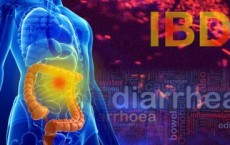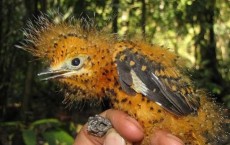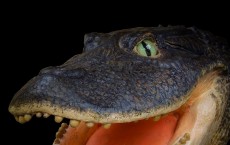
Leading medical groups are calling for urgent action to reduce injuries and deaths from guns in the United States.

Findings in the journal Nature show that a common ingredient found in many processed foods man increase the risk of this health issue, typically classified in ulcerative colitis or Crohn's disease.

Stars and planets are made of particles--not antiparticles. This asymmetry, which favors matter slightly, has puzzled scientists for years. Now, though, a group of physicists may have solved this mystery

Birds are usually known for eating caterpillars-not looking like them. But a new study reveals that at least one bird actually mimics the appearance of a poisonous species of caterpillar in order to avoid being eaten by predators.

Robotic hands may not just be for Luke Skywalker anymore. Three Austrian men have become the first in the world to undergo a new technique called "bionic reconstruction," which enables them to use a robotic prosthetic hand controlled by their minds.

It turns out that 13 million years ago, parts of Peru were dominated by crocodiles. As many as seven different species of crocodiles hunted in the swampy waters, which reveals a bit more about the past climate and ecosystem of the region.

A certain comet has survived what could have been a fatal encounter with the sun. Although the comet skimmed past our nearest star on Feb. 18 to 21, it managed to continue on its way relatively intact.

Humans use ultrasound to check whether a mom-to-be will have a boy or girl, but even ultrasound doesn't always get it right. With lemurs, though, it's easy; scientists have found that you can tell whether a pregnant mother will have a boy or a girl by her scent.

Fossils discovered in Kenya may tell researchers a bit more about the evolution of hippos.

It turns out that there was a four-inch increase in sea levels stretching from New York to Newfoundland in 2009 and 2010 due to a change in ocean circulation.

Some geysers, like Old Faithful in Yellowstone National Park, erupt on a timer, keeping to a regular schedule. Now, scientists may have found out why. It turns out that these geysers have loops or side-chambers in their underground plumbing.

In 1347 AD, the Black Death swept across Europe, sickening and then killing 40 to 60 percent of the population within just a few short years. Now, scientists have found that the rat may not have been the plague carrier for this disease. Instead, we might have to place the blame on the gerbil.